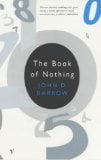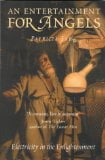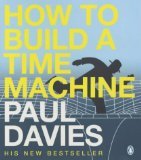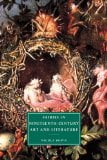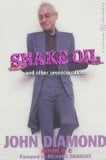 Netherworld: Discovering the Oracle of the Dead and Other Ancient Methods of Divination
Netherworld: Discovering the Oracle of the Dead and Other Ancient Methods of Divination
by Robert Temple
Century, £17.99, ISBN 0712684042
A frustrating book on an interesting subject. It’s a study of historical methods of divination from both the West and the East, leaving out astrology (on the sensible grounds that there’s been an awful lot written about that already) but including the “I Ching”. The Western section is fascinating, but the interest drops off as he moves Eastward.
Still, it starts well. The discovery and (very) partial excavation of the giant underground complex that once housed the Oracle of Baiae is fascinating stuff, and it’s shameful that this amazing structure hasn’t been properly investigated yet. The beginning of the book is taken up with its rediscovery and structure, which leads into an entertaining potted history of classical oracles, both deliberately faked and honest. He shows evidence for drug use both by oracles and by unwary questioners, who could easily be drugged to the eyeballs by the oracular priests and then killed if they showed any signs of being less than impressed when regaining consciousness. Other suggested methods of sacred cheating include the use of carrierpigeons – doves and pigeons were apparently a feature of ancient temples, though there’s no mention of how they would be transported between them. Then we come to what Temple considers the other main technique of Classical divination – haruspicy; divination by entrails. Sensitive readers may not wish to read further, as his hands-on research involved persuading his local abbatoir to let him study the entrails of just-killed animals. Valuable for understanding the ancient methodology and casting light on some obscure texts, though with a high yuk factor for us squeamish cityfolk.
I don’t think it’s much worth reading further, though. Up till this point, while you get occasional reminders that this is a “fringe” book, they’re fairly minor.
The occasional complaint about closed-minded academia and a spirited defence of Hoyle and Wickramasinghe’s “Lifecloud” theories in the context of comets and meteors as portents is about as strong as it gets. But once he gets on to the “I Ching”, he takes it as a licence to explain his pet theories on “event lattices” and the book suffers accordingly. A pity, really. The Shang Oracle Bones deserve a better popular treatment than this.
As I said, the first part is worthwhile reading in spite of this, but I can’t imagine this book will gain him any credit in academia, which, alas, is still the acid test for theories.

